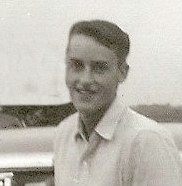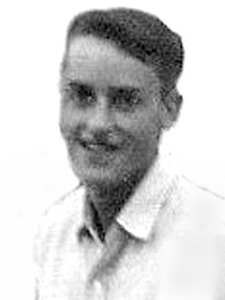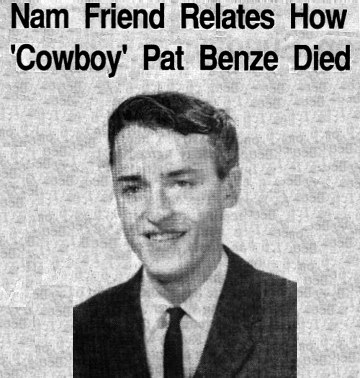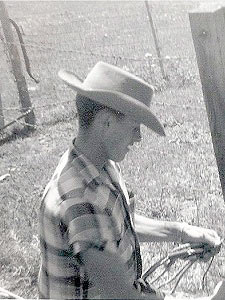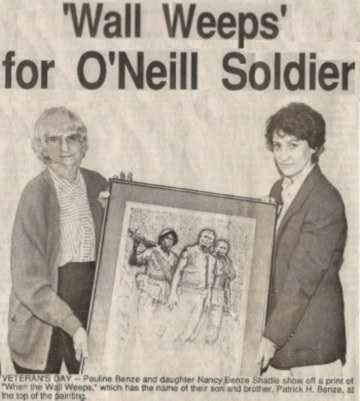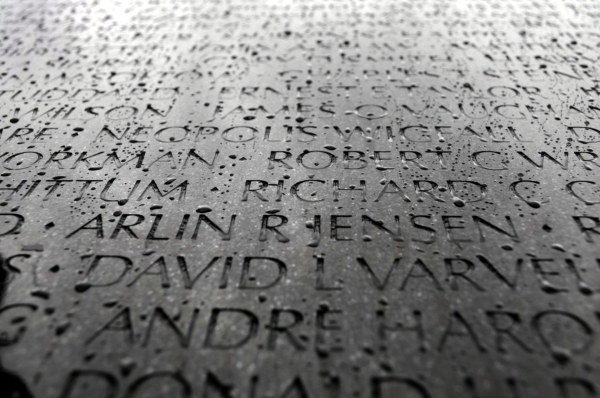|
Patrick Henry Benze
Specialist Four
B CO, 1ST BN, 5TH CAVALRY, 1ST CAV DIV, USARV Army of the United States O'Neill, Nebraska March 19, 1947 to March 26, 1969 PATRICK H BENZE is on the Wall at Panel W28, Line 42 |
  |
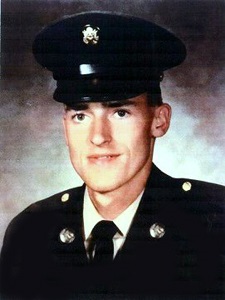
|


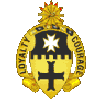
| |
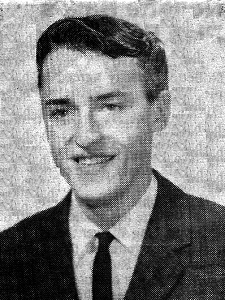
SP4 PATRICK HENRY BENZE
|
Pat Benze Close up with Mercury
Pat next to his Mercury
Pauline Benze received the letter 17 years ago and hadn't looked at it again until last weekend. The letter, from Ken Alfman of Uniontown, OH, tells how Mrs. Benze's son, Patrick, was killed in Vietnam. The two soldiers met in Oakland, CA, when they were shipped to VietNam and became friends. "We ended up flying to VietNam together. When we got there, we thought we would surely be split up and sent to different units," he said. "But we didn't and we even ended up being in the same squad." Arriving in Nam November 1, the two men acquired nicknames. Benze was "Cowboy," I guess because he liked the rodeo and loved animals so much"; Alfman's was "Chunky," I don't know how I got it but it stayed with me the whole time."
The two men were in a mortar platoon, staying in landing zones to provide support to troops in the bush "which was a lot safer than being out in the jungle," Alfman wrote. "Pat and I were very close. We shared the same bunker which he and I built just large enough for the two of us. We were together constantly and one thing we did a lot of was talk." "We talked about everything under the sun. But most of all, we talked about home and our families. He loved you, his wife and sisters all very much." In early March the two men were tapped for an infantry squad due to losses in their company and they ended up in the same rifle squad. "We spent most of the month of Mach out in the jungle," Alfman wrote. "We seen a lot of action and we were both pretty well worn "On the morning of March 25 (1969), our company was airlifted back to the landing zone, the same one we were at before we had to go back to the field. About 4 in the afternoon our platoon leader came to our squad and said he needed two guys to go on an ambush that night." "Well, this made everyone in our squad mad because that meant two of us had to go out from the landing zone and set up an ambush by ourselves, which was really risky, and then come back to the landing zone in the morning." "We had a thing in our squad that whenever we had to choose who had to do something, we would draw straws to see who had to do it. So we drew straws to see who had to go on ambush that night. Pat was one of the first to draw and he got a long one, which meant he didn't have to go. I drew next and got a short one, which meant I was one of the two who had to go." "There were seven guys in our squad, so that left five guys to stay on the landing zone that night, plus the rest of the company which was about 125 men. I thought I was getting a bum deal by having to go on ambush while everyone else got to stay back but we did draw straws, so what could I say, I lost." "So that evening, myself and the other guy went about halfway down the mountain and set up our ambush. Everything was fine until about 2 a.m. Then all hell broke loose on the landing zone." "The fighting went on until dawn. All we could do was listen over the radio and hear what was going on all night." "When morning came and everything was over we go clearance to come back to the landing zone. When we got there we couldn't hardly believe our eyes. It looked like a tornado had gone through the place." "I was on my way back to the bunker our squad was in when the company commander stopped me and said that Pat and the rest of our squad all had been killed. "They were all inside the bunker when it was hit by a rocket, killing everyone inside of it." "I just couldn't believe it, all those guys killed so senselessly. That afternoon we had services for all the guys that were killed. There was a total of 19 killed and about 30 wounded." Alfman wrote that he was shot through the left elbow on April 7 and medevaced to Japan and then home. He was medically retired from the Army Mar. 23, 1970, with a 50 per cent disability and only partial use of his left hand and arm. Enclosed in the letter was a picture of "Chunky" and "Cowboy" together and one with other members of their squad. –– Transcribed from a faded newspaper article submitted
| ||||
| ||||
| ||||
The Wall That Weeps |
| Contact Us | © Copyright 1997-2019 www.VirtualWall.org, Ltd ®(TM) | Last update 05/01/2020 |
